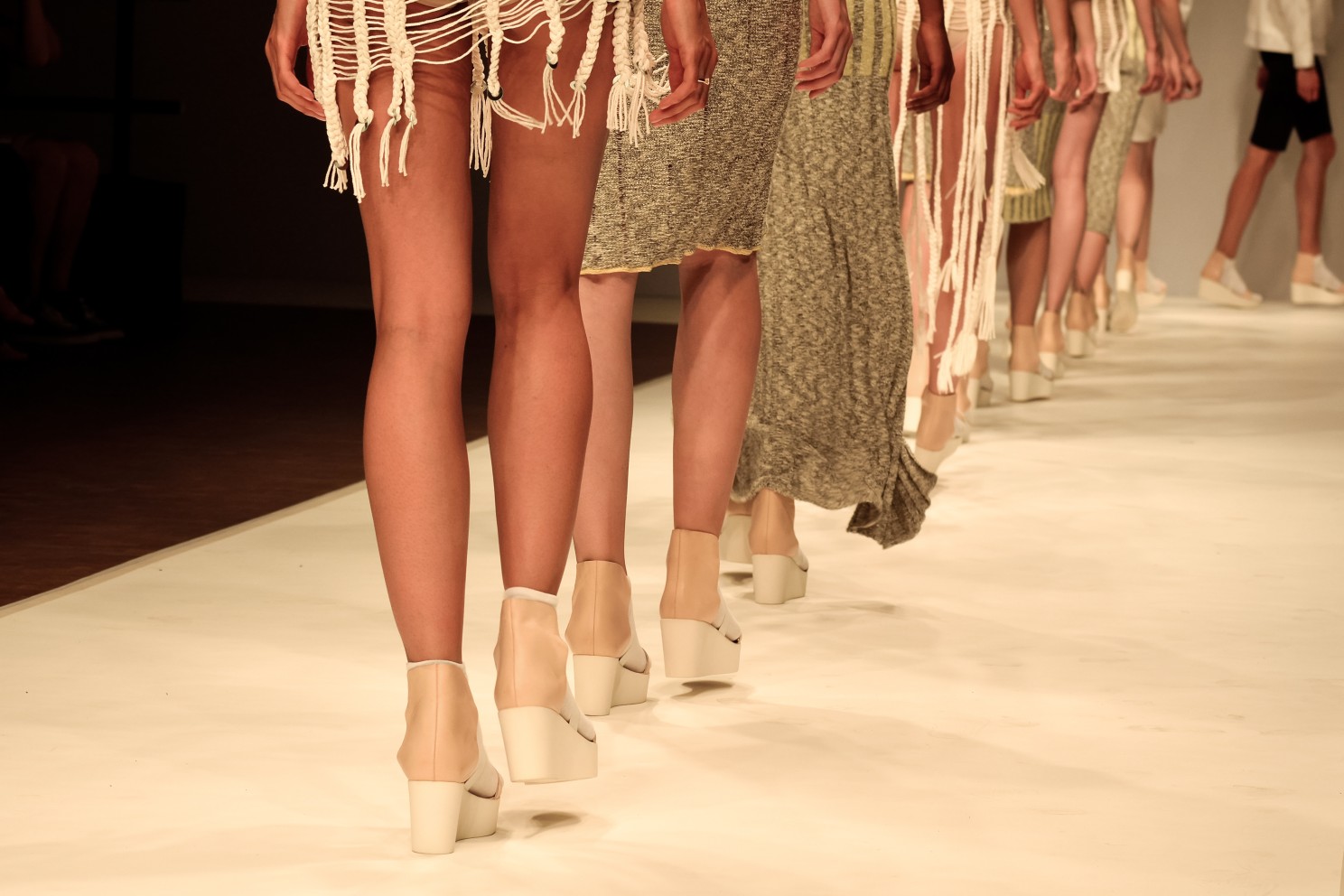
- February 29 2024
Behind the Algorithms: A Deep Dive into Ecommerce Recommender Systems
Welcome back to FashionAI: Sense & Cents! Following a brief hiatus, we return with a special edition. This newsletter features an interview with our Principal Data Scientist Kim Falk, who is a machine learning expert and a thought leader in recommender systems. In addition to his invaluable and captivating insights, we also delve into all you need to know about in the worlds of AI and fashion. Dive in to learn more!
ViSenze’s In-House Expert

Kim Falk is a machine learning expert and a leading voice on recommender systems at ViSenze. He has worked and led recommendations teams at behemoths like Shopify and IKEA, among others.
Kim is the author of the “Practical Recommender Systems” book and was the industry co-chair for the ACM Recommender Systems Conference 2019 and 2020.
We sat down with him to have a detailed talk about recommender systems and their importance for ecommerce companies.
Q. In simple terms, what is a recommender system?
A recommender system should do two things–it should help find the products that you need right now, but also help you discover new things that you didn’t know you needed, but did.
Q. Why do brands need a recommender system?
On average, customers spend less than 10 minutes in ecommerce stores and Gen Z customers, in particular, spend just about 3 minutes.
This leaves very little time to show customers what they want and what they would be interested in. It isn’t just about, say, if a customer wants to buy a T-shirt, you give them that. It is about maximizing the customer’s lifetime value.
Even if the customer only buys a T-shirt, it would have been great if you could have nudged them to think, ‘Maybe I also need that pair of jeans to go with a T-shirt’.
A recommender system is the solution to most of the use cases that customers arrive to perform in an ecommerce store.
Q. What should brands have before thinking about a recommender system?
When we talk about fashion ecommerce, it is very important that we have good images and product tagging. Visual similarity and tagging of clothes are key points because people buy with their eyes.
But, we also need behavioral data, to understand how users are interacting with the products – what are they clicking on and purchasing together, to make it a better experience for the next customer
So, basically, you can divide recommender systems into three categories– content-based, behavioral-based, or, a hybrid between the two.
Q. Can you take us through the practicality of personalization a bit? People often think of it as a magic bullet.
Most sites or brands don’t know who’s arriving before it is too late. And so the idea is that you should start by having as diverse a selection as possible to show the user an easy way to search for new products. Then as soon as you have a signal, you should get hold of that and show similar things. And at the right time also show things that complement what they’re looking at right now.
In most cases, due to privacy reasons, you don’t know if it is a returning or new customer coming in. You can have ecommerce platforms like Amazon where you are always logged in and they know a lot about you and in such cases, personalization becomes an interesting question. In most cases though, personalization distills how much context one can extract from the current session.
Q. What metrics should brands track to measure success?
If you know exactly what the user wants, then show them that, but in most cases, it is not clear why the customer arrives at your site. The first bet is therefore to show the diversity of your catalog, it is one of the harder things to do. If done correctly it leads to long-term engagement.
Often people talk about click-through-rate as a KPI to measure. But CTR could either mean that the user can be super engaged or it could also be that the user is frustrated that the website isn’t giving what they want. Optimizing CTR doesn’t really mean optimizing user happiness or the number of things being purchased. It can be hard to strike a balance as a brand.
My simple suggestion is if your end goal is ‘discovery’, clicks are good and dwell time on each page is good, but eventually the most important metric is purchase events (without the customer returning the items).
If you want to ‘sell’ as much as possible, then your KPI could be to measure the time it takes for someone to land on the website to finally pay for the items purchased… this time spent should be as short as possible. But, reducing this will also reduce time to discover new things. It is all about finding the right balance and continuously iterating.
Q. What role does ViSenze play in recommendations and how are we different?
We, at Visenze, have world-class capabilities when it comes to extracting meta-data from content. What I mean by that is, give us a picture and we will seamlessly extract embeddings and come up with product suggestions via our ‘Similar’, ‘Look’, and ‘Pairing’ recommendation engines. On top of it, once we get information like interaction logs and content/products purchased together, our ‘Inspire’, ‘Social’, and ‘Session’ recommendation engines are activated.
Just for the sake of clarity, our 6 recommendation engines are:
- Similar – Recommend visually similar items
- Look – Recommend shoppable products from the model image
- Pairing – Recommend complementary products for the primary item
- Inspire – Suggest multiple outfit inspirations
- Social – Turn social inspiration into product purchases
- Session – Dynamic personalization for the ongoing shopping journey
In short, we find the best ways to recommend the right product at the right time for every customer, which ensures higher conversions, bigger basket sizes, and better revenues for ecommerce platforms.
Bite-Sized News: Updates from the World of AI & Retail

As a part of its bi-annual product showcase, Klarna, a leading Swedish payment services company, rolled out 13 new features to enhance the shopping experience on its app. This includes a shopping lens and a barcode scanning option, as well as an expanded selection of shoppable videos. The shopping lens employs visual search to display relevant and similar products. Users can also easily access product details by scanning barcodes and making payments using QR codes.
Walmart’s next AI venture: Generative AI
Walmart is advancing its engagement with AR and AI-driven features, now incorporating generative artificial intelligence to enhance search capabilities and assist shoppers in making purchases and writing reviews. Additionally, the company is in the process of testing a voice-activated, hands-free shopping tool on its website, further elevating the shopping experience!
Myntra’s massive festival sale
Myntra’s Big Fashion Festival achieved an incredible milestone, with approximately 460 million customer visits and a record-breaking number of new customers. The selection was expanded by over 50% from the previous edition, allowing more than 6000 home-grown, D2C, and international brands to participate. Additionally, certain categories experienced a 2.2x surge in demand.
Style Spotlight: Updates from the Fashion World

September Fashion Month
September was a thrilling month for the fashion world, with a series of back-to-back fashion shows. New York Fashion Week kicked things off with bold statements, featuring unusual set designs. London Fashion Week followed with an array of sculptural wearable art pieces, while Milan Fashion Week saw a resurgence of shorts. Finally, Paris Fashion Week included runway shows that featured captivating performances. A prominent trend observed across these weeks was the integration of ‘wearable art,’ sheer fabrics, and inventive runway venues.
NET-A-PORTER’s first fully sustainable curation
The ecommerce retailer joined forces with the British designer Stella McCartney for its latest collaboration, showcasing a curation from McCartney’s F/W’23 collection. Titled ‘Horse Power’, this curated runway collection represents NET-A-PORTER’s first entirely NETSUSTAIN-approved line, aligning with the platform’s nine sustainability attributes.
Fostering the Future of Fashion
With the aim of nurturing emerging design talent, Bottega Veneta, an Italian fashion brand, is launching a fashion design academy named ‘Accademia Labor et Ingenium’. Meanwhile, in Paris, the fashion giant LVMH is set to inaugurate a hub dedicated to craftsmanship, which will host its vocational training program called ‘Institut des Métiers d’Excellence’.
That’s it on this edition of our newsletter! We thank you for your continued support. To know more about us, do check out ViSenze.com

